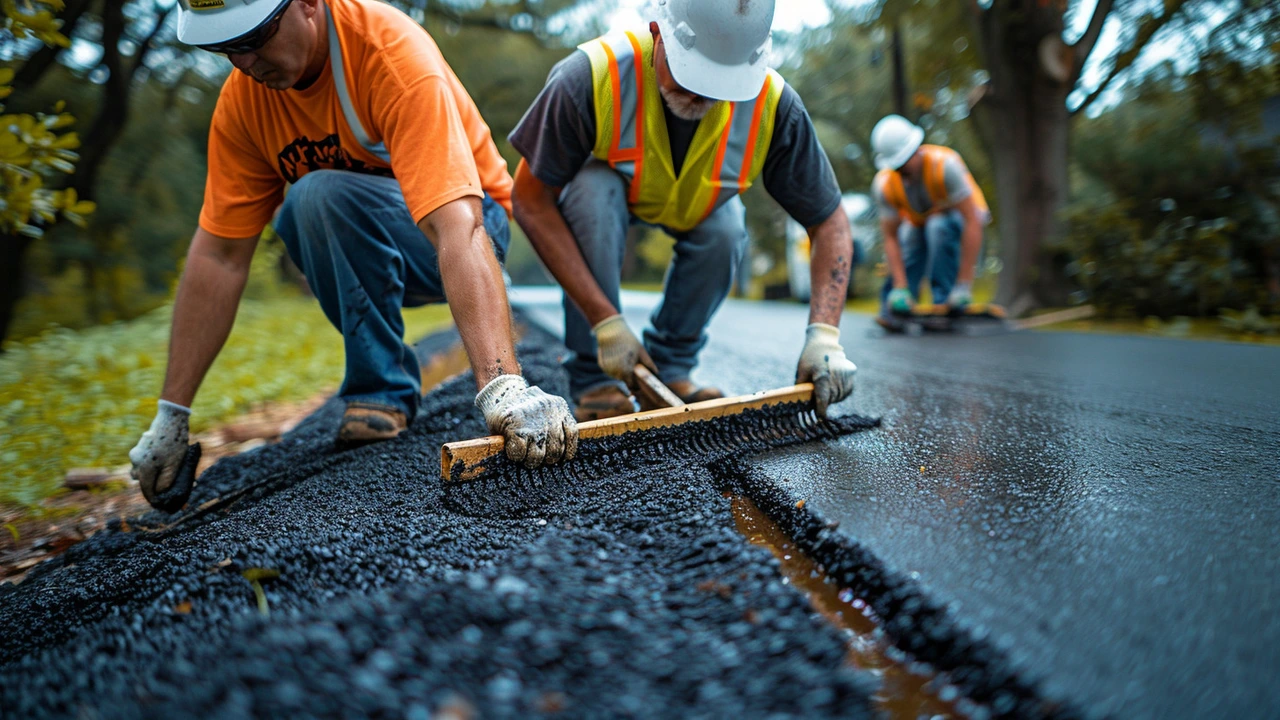T-1 Steel Cracks: Quick, Practical Guide
Seeing a crack in a T-1 part is stressful — these tool steels are tough, but when they crack they can fail fast. This guide shows you how to spot cracks, which inspection methods work best, what repairs are realistic, and simple steps to reduce repeat failures. No fluff — just clear actions you can use on the shop floor.
How to spot and inspect T-1 cracks
Start with a good visual check under bright light and a 10x loupe. Look for hairline lines, edge separation, or tiny chips at corners. If you find anything suspicious, follow up with one of these NDT methods:
- Dye penetrant (liquid penetrant): fast and cheap for surface breaks. Clean, apply penetrant, remove excess, apply developer and read within the recommended time.
- Magnetic particle testing: excellent for ferrous T-1 grades to reveal near-surface cracks, especially around fillets and bolt holes.
- Ultrasonic testing: use when you suspect subsurface or long cracks. UT gives depth information so you can decide repair vs replace.
- Eddy current or radiography: useful in specific geometries where other methods don’t reach. Choose method based on part shape and safety requirements.
Record the crack length, depth estimate, location and orientation. A 3–4 mm surface line in a low-stress area might be monitored; a crack crossing high-stress zones or fastener seats needs immediate action.
Repair options and prevention steps
Repair or replace? If the crack is in a critical load path, replace the part. If it’s a shallow surface crack in a non-critical area, you have options:
- Grinding to sound metal: remove the crack completely and blend the surface. Follow by proper stress relief if the component design allows it.
- Weld repair: possible but tricky on T-1. Use matching or approved filler, preheat the part to the recommended temperature, and control interpass temps. Post-weld tempering or stress relief is usually required to avoid new cracks. If you’re not set up for controlled heat treatment, pick replacement instead.
- Peening: shot peening or hammer peening can help close tiny surface cracks and introduce compressive surface stress. Use it as a preventive treatment after grinding, not as a band-aid for deep cracks.
Prevention is cheaper than repair. Key steps:
- Heat treatment: follow the correct hardening and tempering schedule for T-1 to avoid brittle microstructures that crack under shock.
- Design fixes: remove sharp corners, add radii, and avoid abrupt cross-section changes. Reduce stress concentrators around holes and keyways.
- Surface finish and coatings: polish high-stress surfaces and consider nitriding, shot peening, or protective coatings to reduce fatigue starts.
- Controlled cooling and handling: avoid thermal shock and improper machining sequences that introduce residual stresses.
Finally, set an inspection interval after any repair and log findings. Small issues that get caught early rarely become emergencies. If you’re unsure whether a part is safe, pull it from service and consult an experienced metallurgist or welding specialist — guessing can cost much more than a replacement.
